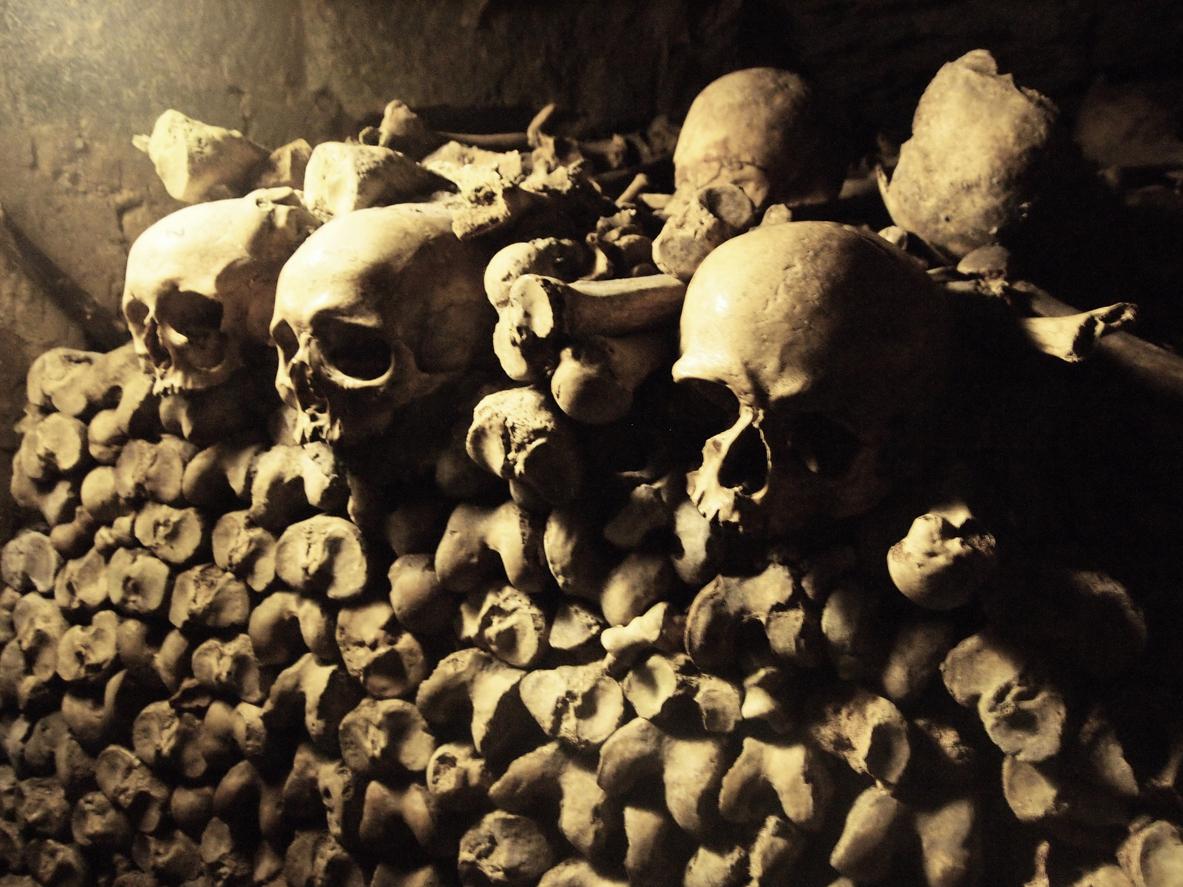Californian authorities have reported a case of bubonic plague detected in the locality of South Lake Tahoe. A first in the space of five years in the American state.

- Bubonic plague caused 3,248 infections worldwide between 2010 and 2015.
- Human-to-human transmissions remain rare.
In a statement dated Aug. 17, health officials in El Dorado County in northeastern California reporteda case of bubonic plague. The patient, whose identity has not been revealed, is a resident of the city of South Lake Tahoe, a tourist place because it is close to the lake of the same name. Hospitalized at home, his life is not in danger.
The first case in five years
Bubonic plague is caused by the bite of an infected flea. The bacillus, Y. pestis, enters the body during the bite, passes through the lymphatic system and reaches the nearest lymph node where it replicates. This results in an inflammation of the ganglion with painful tissue tension: this is called the “bubo”. In the advanced stage, the inflamed nodes eventually ulcerate and suppurate. Bubonic plague can progress and spread to the lungs: this is called pneumonic plague, the most severe form of plague.
If the health authorities do not know how the patient was infected, they assume that he was bitten by a flea while walking his dog. This is the first case of plague recorded in the state of California since 2015, when two hikers contracted the plague in Yosemite National Park, east of San Francisco.
Rare but serious cases
While cases of human-to-human transmission of bubonic plague are rare, health authorities have urged caution. “Cases of plague are extremely rare in humans but can be terribly severe, recalled El Dorado County Public Health Officer Dr. Nancy Williams. It’s really important that people take precautions for themselves and their pets when they are outside. This is especially true when, for example, walking, hiking or camping in areas where many rodents live in the wild.”
According to the World Health Organization (WHO), 3,248 cases of plague were recorded worldwide between 2010 and 2015, including 584 fatalities. The three main known foci are Madagascarthe Democratic Republic of the Congo and Peru.















